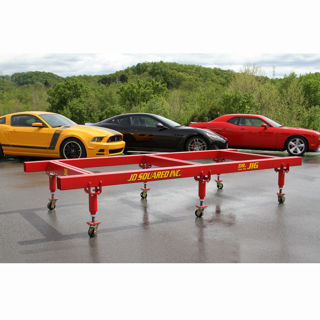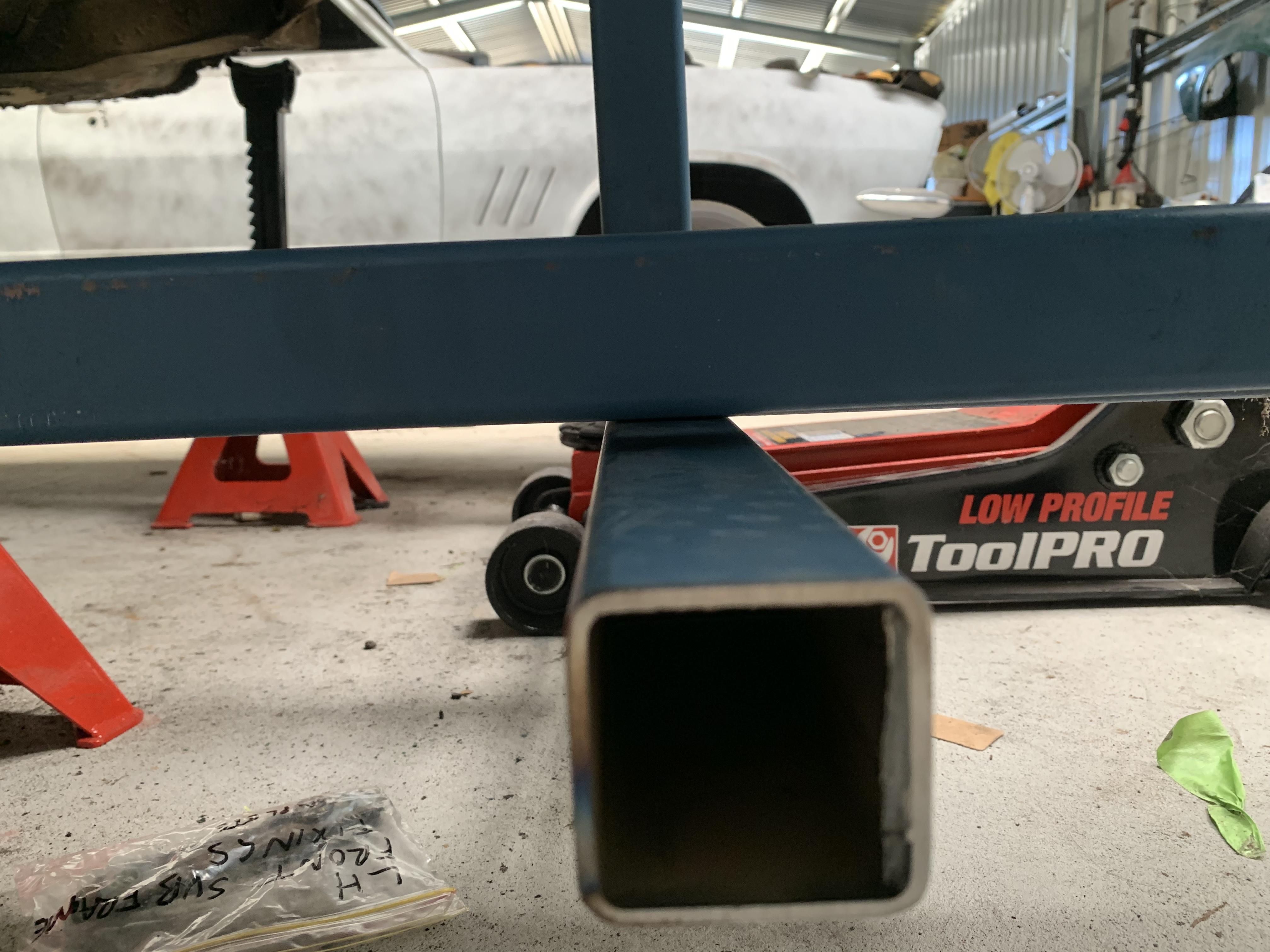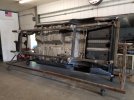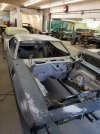Chris_Hamilton
Trying to be the best me, I can be
Like title says just looking for tips to make a "jig" of sorts to help with posistioning replacement panels correctly. I've got a rusty POS 71 Nissan 240Z that the owner abandoned after I looked it over and told him how much rust was in the car and what it would take to fix it. I don't want to scrap the car though and being that I have a rust free 72 240z to take measurements and make patterns off of, I am going to restore it. I hate seeing anything old junked. Anyone have any experience setting up a "jig" (probably not technically the correct term) to help position the replacement panels correctly? I have a pretty good idea of what I think I'm going to do but I would like any advice if any of you have made something similar.
What I'm thinking is, full length of the car, 2 lengths of box tubing, with cross pieces of tubing along the length of the vehicle at various points, and using rod or small tubing attached to the cross pieces to set correct position height etc at various points. Main thing that is tripping me up is setting the reference height. My thinking is get the "jig" level in both planes and get the car level in both planes (car that I'm taking measurement off of) and that will transfer to the other car correctly provided I level the jig and and car when setting it up on the car I'm repairing. Being that I am working off a concrete floor and not a square level frame machine I have to account for the difference in the floor. I think leveling everything before setting up the measurements on the good car and then leveling everything the same way on the repair car will allow the measurements to transfer correctly.
Oh and before anyone asks, yes I will be bracing the car as best I can, before cutting anything.
Hope this isn't too muddled. Anyone have any thoughts?
Edit: To be clear when I say replacement panels I mean structural panels like the inner rockers and frame rails.
What I'm thinking is, full length of the car, 2 lengths of box tubing, with cross pieces of tubing along the length of the vehicle at various points, and using rod or small tubing attached to the cross pieces to set correct position height etc at various points. Main thing that is tripping me up is setting the reference height. My thinking is get the "jig" level in both planes and get the car level in both planes (car that I'm taking measurement off of) and that will transfer to the other car correctly provided I level the jig and and car when setting it up on the car I'm repairing. Being that I am working off a concrete floor and not a square level frame machine I have to account for the difference in the floor. I think leveling everything before setting up the measurements on the good car and then leveling everything the same way on the repair car will allow the measurements to transfer correctly.
Oh and before anyone asks, yes I will be bracing the car as best I can, before cutting anything.
Hope this isn't too muddled. Anyone have any thoughts?
Edit: To be clear when I say replacement panels I mean structural panels like the inner rockers and frame rails.





